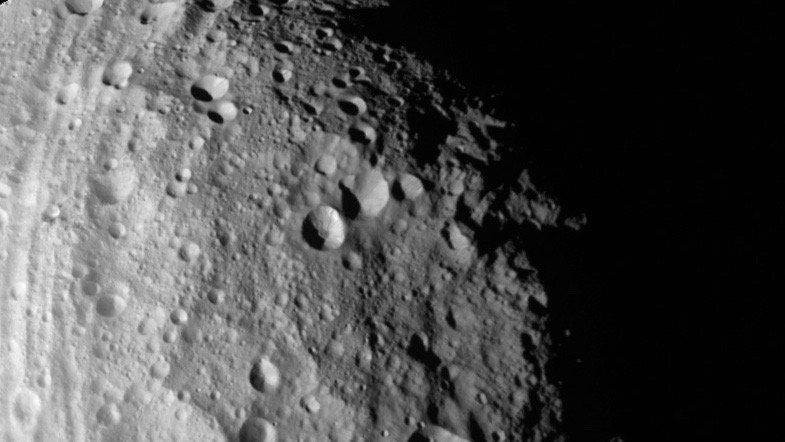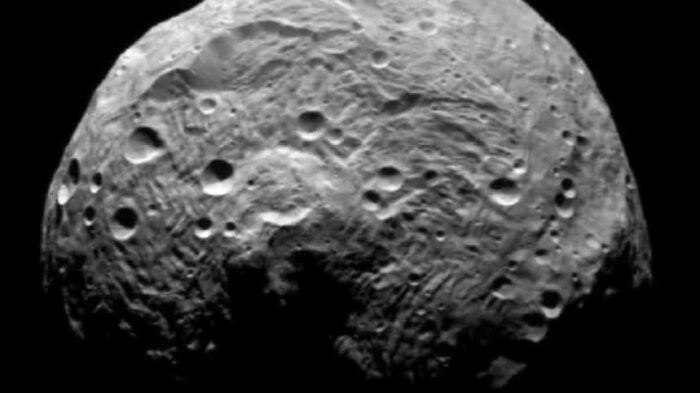Asteroid 2006 QV89 caused quite a stir leading up to its safe passage of the earth in September 2019. The small Apollo Near-Earth Asteroid had not been observed since 2006 and was classified by ESA as the sixth likely asteroid to cause a collision with Earth. The chance of impact was estimated as 1 in 7000 or 0.01%.
With this concern, in August 2019 ESA pointed a very large telescope to the area of sky where the asteroid would be if it was on collision course with earth. Fortunately the asteroid could not be found.
Shortly after ESA’s ‘non-detection’ the powerful wide-field telescope at Hawaii returned to service with its first task to try detecting where 2006QV89 really is. On August 11th it found the 28 metre space rock, safely on its way to clear earth on this passage. It’s speed relative to Earth is --,--- (--,---)
Where is Asteroid 2006 QV89 now?
View the latest orbit calculation of 2006 QV89 as well as the 2006 estimation
Currently 2006QV89 is --,--- from earth, racing through the solar system at --,--- (--,---) . It is getting --,--- --,--- earth every second.
Since midnight last night it got --,--- --,--- us. Since you started looking at this page it is --,--- --,---.
Will it hit or miss Earth?
Altough the distances at which the asteroid is passing seem large, only a small variation of the orbit in fractions of a degree, means that 2006QV89 could suddenly come a lot closer to the earth. Based on current scientific data, the approach trajectory has it passing at a about 5-7 million km.
An asteroids trajectory can be significantly changed by what’s called ‘gravitational keyholes’. As the Near-Earth Object flies through the solar system, it encounters other space bodies regularly, such as planets. A small gravitational pull will change the flight path of the space rock slightly, which could lead to a potential collision – known as impact event – when the asteroid passes Earth again in the future.
*This Interactive 3D Simulation is built on data provided by NASA JPL HORIZONS database for solar system objects and International Astronomical Union’s Minor Planet Center. Distances and speeds are estimates based on this data.
Photo Credit and other: NASA, ESO/S. Brunier, NASA/JHUAPL/SwRI, NASA/JPL-Caltech, JAXA, University of Tokyo & collaborators, UH/IA, Solar System Scope/INOVE CC BY 4.0, Wikipedia/Creative Commons Attribution-ShareAlike License, icons8.com, Péter Eke, NASA/Goddard/University of Arizona/Roman Tkachenko, Wikimedia Commons, Hayabusa 2 Arrival illustration by Akihiro Ikeshita (permission granted), oNline Web Fonts, Font Awesome, Galaxy vector created by stories – www.freepik.com




